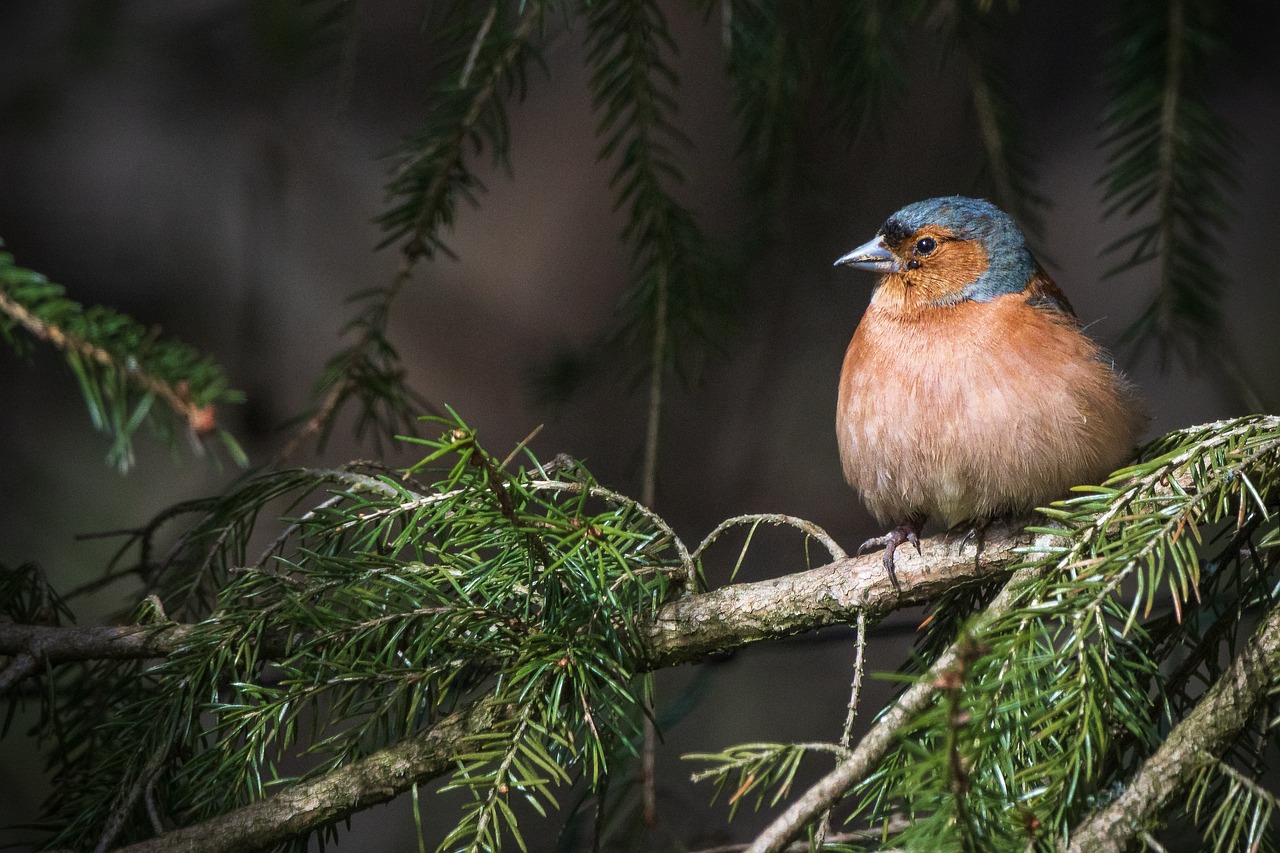Hey everyone! Today, we’re diving into an incredibly important topic: “What Are The Benefits Of Protecting Endangered Species?” It’s not just about saving cute animals; protecting endangered species has far-reaching impacts that benefit all of us. From maintaining balanced ecosystems to ensuring health advancements and supporting global biodiversity, our commitment to preserving these irreplaceable creatures is both a moral duty and a practical necessity. Let’s discover how taking care of these beautiful beings ultimately helps us create a more sustainable and thriving world for ourselves and future generations. Have you ever wondered, “What are the benefits of protecting endangered species?” In our increasingly interconnected world, we often hear about the plight of various plants, animals, and ecosystems teetering on the brink of extinction. But why should we, as a global community, invest our time, money, and resources into saving them? While the emotional and ethical imperatives are compelling, the benefits of protecting endangered species extend far beyond sentiment alone. Let’s dive into the multifaceted advantages of conservation efforts, spending some time unpacking the diverse gains both for us and our planet.
Ecological Balance
Maintaining Biodiversity
The concept of biodiversity refers to the variety of life in a particular habitat or ecosystem. A healthy biodiversity ensures natural sustainability for all life forms. When we protect endangered species, we are essentially preserving the genetic pool and interdependent relationships between various organisms. This balance is crucial for ecosystem health.
Keystone Species
Keystone species are organisms that have a disproportionately large impact on their environment relative to their abundance. The loss of such species can lead to significant changes and can sometimes cause the collapse of entire ecosystems. Take, for instance, the gray wolf in North America. Its reintroduction to Yellowstone National Park helped to control prey populations, which, in turn, allowed plant and other animal populations to flourish.
Pollination and Seed Dispersal
Several endangered species play key roles in pollination and seed dispersal. Bees are a classic example. By safeguarding these creatures, we also protect the plants they pollinate, contributing to agricultural productivity and food security.
Economic Impacts
Ecotourism
One of the most direct economic benefits of protecting endangered species is through ecotourism. Many countries, particularly in Africa and South America, rely heavily on revenues from tourists eager to see unique wildlife. By investing in conservation, these nations not only protect their natural heritage but also bolster their economies.
Natural Resources
Our global economy relies heavily on natural resources that are sometimes found within the habitats of endangered species. Whether it’s timber, medicinal plants, or minerals, the sustainable management of these resources ensures they are available for future generations.
| Benefits | Examples |
|---|---|
| Ecotourism | Safaris, Bird-Watching |
| Natural Resources | Timber, Medicinal Plants |
Job Creation
Conservation efforts create jobs in areas such as wildlife management, park services, and scientific research. The positive ripple effects can be seen in local communities where these projects generate employment and stimulate the local economy.

Health Benefits
Medical Discoveries
Many endangered species contain compounds that have yet to be studied and could hold the keys to groundbreaking medical treatments. The rosy periwinkle, a plant native to Madagascar, produces substances used in the treatment of various cancers. Who knows what other medical secrets are hidden within the DNA of other endangered species?
Disease Control
Various species play indirect roles in disease control. Bats, for instance, help control insect populations by consuming large quantities of mosquitoes that carry diseases like malaria and Zika virus. By conserving such species, we mitigate the risks associated with these pests.
Ethical and Emotional Reasons
Moral Responsibility
We have a moral obligation to protect the creatures we share this planet with. Many endangered species are in peril due to human activity, whether it’s habitat destruction, pollution, or climate change. By making concerted efforts to protect them, we acknowledge our role in their plight and act responsibly to rectify it.
Cultural Significance
Many cultures and communities hold certain species in high regard. These animals or plants aren’t just part of the landscape; they are woven into the cultural fabric of a community. Protecting them preserves not just the species but also the identity and heritage of these communities.

Climate Regulation
Carbon Sequestration
Forests and other ecosystems that house endangered species play a crucial role in carbon sequestration. Trees, plants, and soil absorb significant amounts of CO2, mitigating the impacts of climate change. By protecting endangered species that inhabit these areas, we contribute to this invaluable ecological service.
Water Regulation
Wetlands, which are often home to endangered species, play a critical role in water regulation. They act as natural sponges, absorbing excess water during heavy rains and releasing it during dry spells. This helps to mitigate the risks of floods and droughts, demonstrating yet another facet of how interconnected our ecosystems are.
Education and Awareness
Scientific Research
Protecting endangered species offers numerous opportunities for scientific research. The data gathered from studying these species contribute to our broader understanding of biology, ecology, and environmental science. This knowledge, in turn, informs policies and strategies for conservation and sustainable development.
Public Awareness
When we engage in efforts to protect endangered species, we foster a broader sense of environmental stewardship in society. Educational programs, documentaries, and public campaigns raise awareness and inspire action, creating a more informed and proactive citizenry.

Technological Innovations
Conservation Technology
Modern conservation efforts benefit from technological advancements such as GPS tracking, drones, and genetic analysis. These innovations not only aid in monitoring and protecting endangered species but also lead to new technological developments that can be applied in different fields.
Data Management
The data generated from conservation activities are invaluable. From genetic information to migratory patterns, this data can be used to inform various scientific disciplines, contributing to technological solutions for broader environmental challenges.
Legal and Political Frameworks
Legislation
Protecting endangered species often involves the establishment and enforcement of international and local laws. Laws like the Endangered Species Act in the United States or the Convention on International Trade in Endangered Species (CITES) provide frameworks for protecting biodiversity. These legal tools often have broader implications for environmental policy and governance.
International Cooperation
Conservation efforts frequently require international collaboration. Species migrate across borders, and their protection necessitates coordinated action. These cooperative efforts can strengthen diplomatic relations between countries and promote a unified approach to global environmental challenges.

Case Studies
The Bald Eagle
The bald eagle, once on the brink of extinction, serves as a shining example of successful conservation efforts. Thanks to legal protection and habitat preservation, the population of this iconic bird has rebounded, showing that dedicated efforts can yield tangible results.
Gray Wolves in Yellowstone
Reintroducing gray wolves to Yellowstone National Park profoundly impacted the local ecosystem. This keystone species helped control prey populations, which, in turn, facilitated the regeneration of flora and the flourishing of other fauna, encapsulating the positive ripple effects of well-planned conservation.
Future Challenges and Opportunities
Climate Change
Climate change presents one of the most significant challenges to conservation efforts. Rising temperatures, shifting weather patterns, and ocean acidification affect numerous species. However, addressing these issues also offers opportunities for innovation and collaboration in conservation science.
Habitat Loss
Habitat destruction remains a significant threat to endangered species. Urbanization, deforestation, and agriculture encroach upon natural habitats. Redesigning our approaches to development to include green spaces and wildlife corridors can mitigate these impacts.

Conclusion
Protecting endangered species offers a myriad of benefits, ranging from ecological balance and economic gains to health advantages and moral obligations. It is not merely an exercise in altruism; it is a necessity for sustaining life on Earth. By understanding these benefits, we can make more informed decisions that contribute to the well-being of our planet and all its inhabitants. So next time you hear about conservation efforts, remember that saving endangered species is an investment in our future as much as it is an effort to preserve the past.